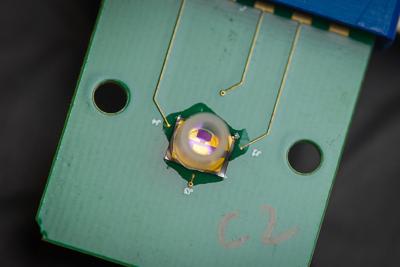Researchers use graphene and boron nitride to develop new brain-like transistor that mimics human intelligence
Researchers at Northwestern University, MIT, Harvard University, CIFAR Azrieli Global Scholars Program and Japan's National Institute for Materials Science have developed a graphene-based synaptic transistor capable of higher-level thinking.
The device simultaneously processes and stores information just like the human brain. In new experiments, the researchers demonstrated that the transistor goes beyond simple machine-learning tasks to categorize data and is capable of performing associative learning.

